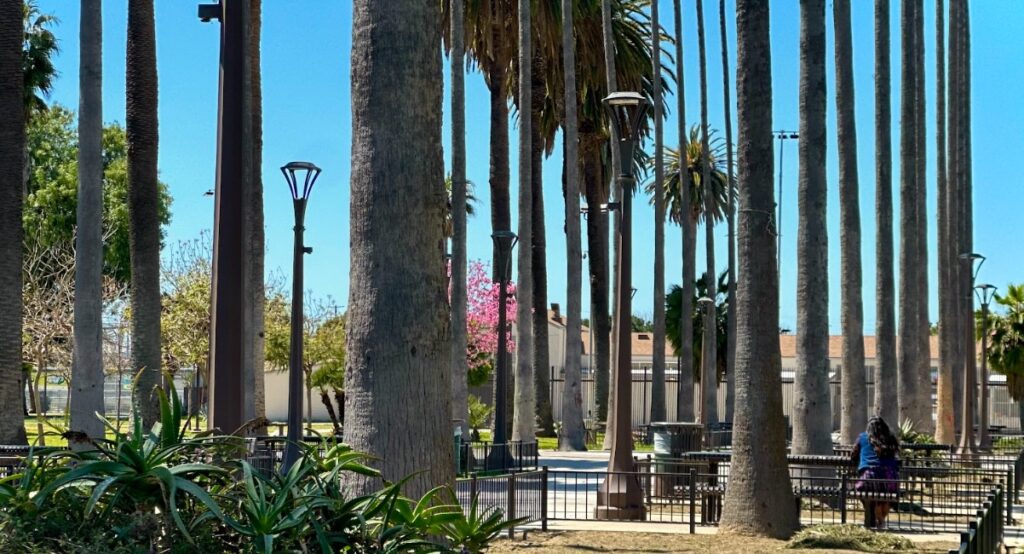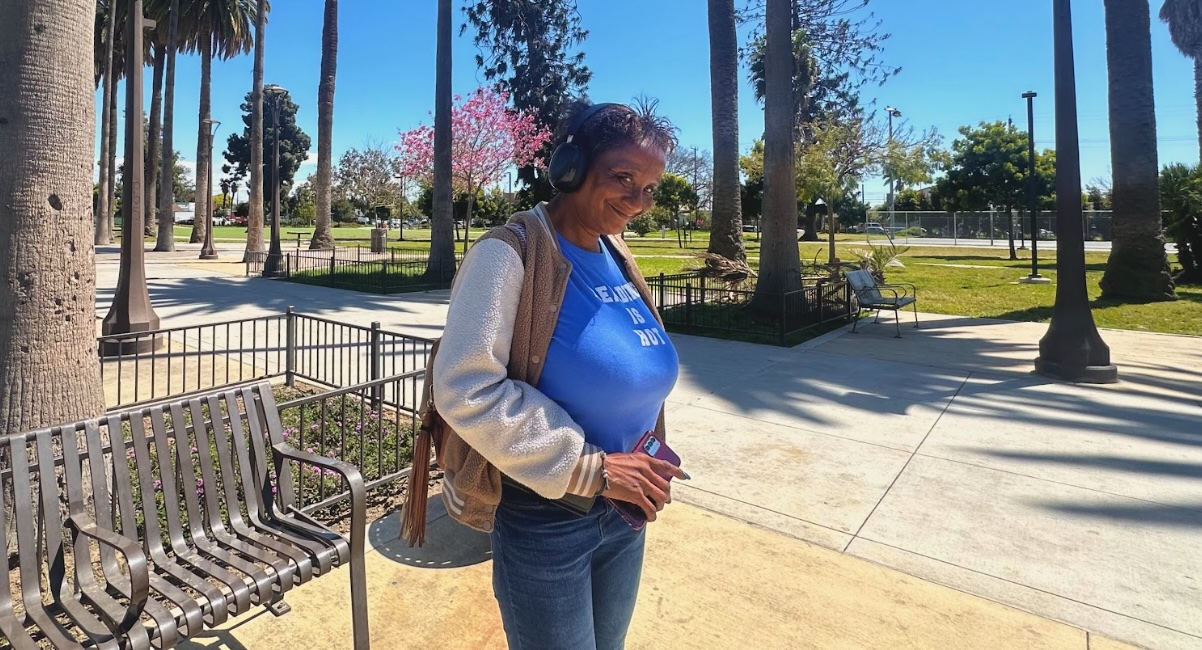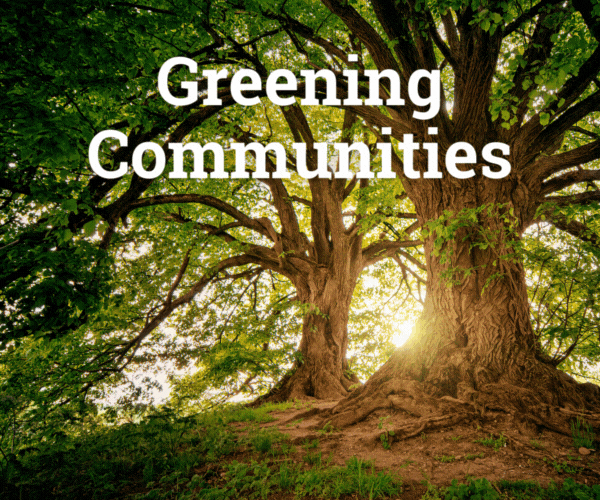Brenda Verano | LA Blade
At the intersection of 51st Street and Avalon Blvd, South LA Park, one of the oldest parks in Historic South Central, has brought multi-generational Angelenos together for more than a century.
The park is surrounded by some of the most historic social and civil rights movements and entities in the country, including the West Coast jazz scene along Central Avenue in the 1930s and ’40s, the former Black Panther Party headquarters in L.A., and one of the epicenters of the Watts rebellion in 1965.
The park, also known as Barry White Park, was founded in 1899. Today, 125 years later, the park still stands, hosting weekend soccer games, señoras chismeando, recreational activities like swimming, card games among elders, and city-led events.
The park was named after two-time Grammy Award-winning R&B singer Barry White, who grew up in South Central, just blocks from what would later become South Park.
As PBS initially reported, the City of Los Angeles purchased the site from a private developer for $10,000. At that time, it was not as big as it is now, but it was always characterized by its tall palm trees.
In Los Angeles City Council District 9, where the park is located, the population is predominantly Latino (79.9%). The need for green spaces within Latino communities has never been greater, especially in South L.A., whose landscape is often characterized by an overconcentration of liquor stores and a lack of quality and accessible recreational parks.
Even more than a century after the opening of the South L.A. Park, for many South L.A. residents, it is one of the only parks within walking distance.
Amanda Walker moved to L.A. from Chicago, Illinois. She said one of her favorite things to do at the park is to take in the sun. “The sun falls perfectly anywhere through the park, that’s probably my favorite part,” Walker said.
Walker, who recently turned 56, said she loves coming to the park with her friends who often use the park as a gathering place.
“I do wish there were more activities for adults,” she said. “The park has a playground for kids, and basketball courts… we need more things in the park for people like me.”
Maria L., 30, said she also comes to the park to be more around nature. Although she lives in South Central, she said she does not have much free time to come as often as she would like.
“I haven’t been here in about 8 months,” she said. Despite being there alone, she was on a video call with her family where she was able to show them the scenery of the park and said she was surprised at how green and vibrant it all looked.
“I like coming here to just sit and hang out,” she said. She enjoys the sense of community she feels when being in the park. “Some people are walking their dogs; others are exercising or simply just laying down. It’s nice. I also like seeing the birds and the squirrels,” she said.
The relationship between access to parkland and life expectancy is closely linked and park deserts can have disastrous effects on residents as well as wildlife, as stated by a study conducted by the Prevention Institute, in partnership with UCLA, the National Health Foundation, Community Coalition, Esperanza Community Housing Corporation and the Social Justice Learning Institute.
According to the research, South Central L.A. is considered to have “high park need” and “very high park need” neighborhoods, with an average of 1.6 and 0.7 acres of parkland per 1,000 residents, in comparison to the L.A. Countywide average, which is 3.3 acres of parkland per 1,000 residents. The median life expectancy in South L.A. is 77 years, well below the upper bound for the county as a whole. About 15 miles away in the community of Beverly Hills, the life expectancy is about 90 years, 13 years higher.
South Central residents have been asking for more investment in parks and recreational facilities. In 2018, the 18.25-acre park went through a multi-million dollar renovation, which allocated funding to the betterment of its gym, swimming pool, basketball and tennis courts, baseball diamond, outdoor stage, fitness area, picnic tables, and children’s play area.

Despite the recent investments, the park has also been widely known for its gang and criminal activity, which the community says has been a direct effect of years of disinvestment and neglect.
In previous years, the Los Angeles Police Department identified the park as an area where gang activity – specifically from the Avalon Gangster Crips, Broadway Gangster Crips, and 52nd Street Playboys – has been observed.
“The problem was scanned and revealed that this park, like many others in urban America, had slowly been neglected and overrun by criminal activity that revolved around gangs, narcotics, and quality of life issues,” stated the LAPD. “The analysis of the problem at the park was conducted by reviewing data, meeting with officers, and receiving input from local community representatives and park staff members.”
Despite this, the community recognized the park as a long-standing historical entity of South Central L.A. It is probably one of the few parks that every South Central L.A. resident has a story, anecdote, or memory along the lines of, “my parents met there,” “My grandpa played cards there,” or “I would hang out there after school.”
As one of the oldest parks in the city, South LA Park continues to be home to local residents, wildlife, street vendors, youth and all the great things that make up Los Angeles.
This story was produced by Ethnic Media Services in collaboration with the Laboratory for Environmental Narrative Strategies (LENS) at UCLA as part of the Greening American Cities initiative supported by the Bezos Earth Fund. Read more stories like this by visiting the Greening Communities homepage.





